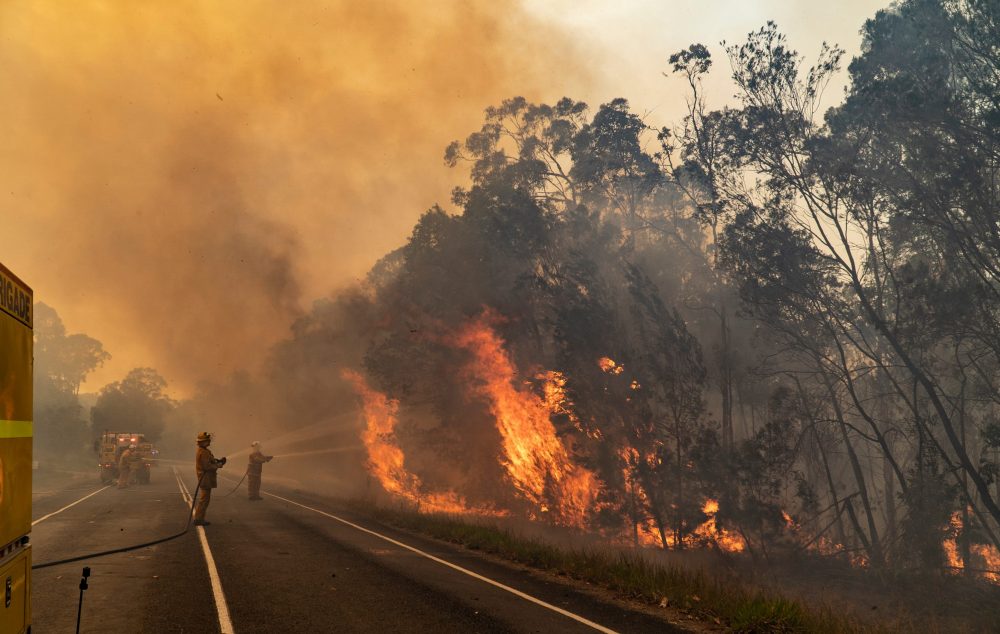Demystifying BAL Reports: A Guide to Comprehending Your Building's Bushfire Threat
Demystifying BAL Reports: A Guide to Comprehending Your Building's Bushfire Threat
Blog Article
How BAL Record Impacts Shrub Fire Protection Steps
In the world of bush fire security, the Structure Attack Level (BAL) record stands as a critical tool that significantly affects the safety and strength of properties in fire-prone locations - BAL Report. The impact of a BAL analysis extends much beyond plain documentation; it functions as the keystone for determining the ideal building and construction criteria and fire security procedures needed to alleviate the dangers posed by bushfires. As neighborhoods face increasingly severe fire periods, understanding just how the BAL report forms these safety measures becomes paramount for policymakers, property owners, and contractors alike
Comprehending the Bushfire Attack Degree

Significance of BAL Report Assessment

Additionally, the BAL record assessment works as a foundational action in abiding by legal obligations and demands related to bushfire defense. Local councils and authorities typically mandate the submission of a BAL record as component of the preparation and building authorization process to guarantee that buildings are properly guarded versus bushfire risks. Failing to carry out a detailed BAL report assessment can cause poor defense actions, leaving buildings susceptible to ravaging bushfire occurrences.
Building Criteria Based on BAL
A comprehensive understanding of the Bushfire Attack Degree (BAL) makes it possible for home owners to implement building and construction standards customized to their details threat profile. Building and construction requirements based upon BAL are crucial in mitigating the influence of bushfires on homes. The BAL rating categorizes the possible threat a property encounters during a bushfire on a scale from BAL-Low to BAL-FZ (Fire Zone) Each BAL degree represents particular building requirements described in the Australian Standard AS3959-2018 Building of Buildings in Bushfire-Prone Locations. For circumstances, residential properties identified as BAL-Low may just call for standard actions such as removing particles and preserving yards, while those in higher BAL groups require even more robust actions like ember screens, fire-resistant materials, and sealed home windows. Abiding by these building requirements not just enhances the structural resilience of the building yet also enhances the total safety and security of residents throughout a bushfire event. Residential or commercial property proprietors should carefully consider their BAL score and conform with the equivalent building requirements to appropriately guard their homes and owners.
Implementing Fire Security Steps
With the foundation of building requirements based on Bushfire Attack Level (BAL) in place, the focus now moves in the direction of the functional application Home Page of fire protection measures to strengthen buildings versus bushfire hazards. Easy measures consist of using fire-resistant structure materials, mounting ember guards on vents, securing voids in roofings and wall surfaces, and maintaining a clear space around the building complimentary from flammable plants. By integrating both passive and energetic methods, homes can considerably lower their susceptability to bushfire events and enhance the safety of occupants.
Safeguarding Houses Versus Bushfires
Efficiently safeguarding homes versus the damaging impacts of bushfires requires a positive and comprehensive strategy to fire defense steps. In addition, sealing vents and voids to stop cinder invasion, as well as incorporating fireproof doors and windows, can assist strengthen the home's protection versus bushfires. By embracing a positive position and integrating these safety actions, homeowners can dramatically increase their possibilities of securing their go to my site homes against bushfires.
Final Thought
In final thought, the Bushfire Assault Level (BAL) record plays a critical duty in figuring out the essential defense measures against bushfires. Executing fire defense actions based on the BAL report is crucial in securing properties from prospective bushfire threats.
In analyzing bushfire danger to homes, recognizing the Bushfire Attack Level (BAL) is a critical component for implementing efficient protection measures. Generally, a clear understanding of the Bushfire Attack Level is vital for executing sufficient defense procedures and reducing the influence of bushfires on buildings.

Report this page